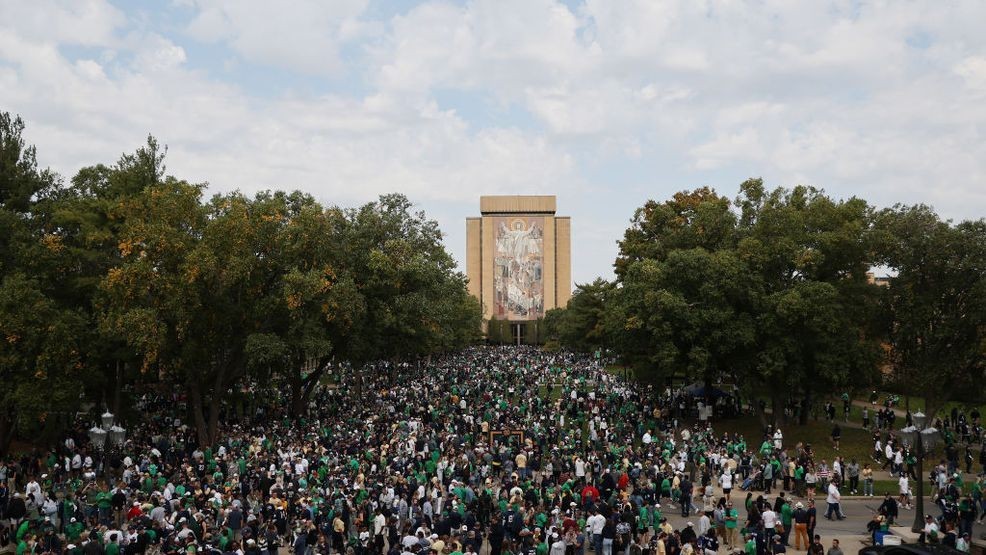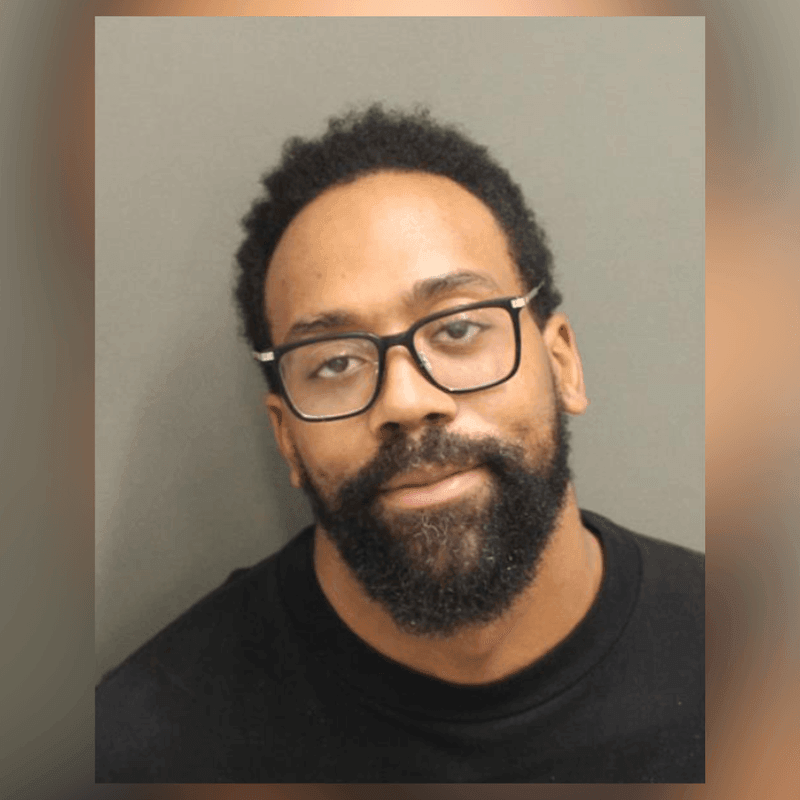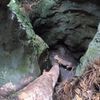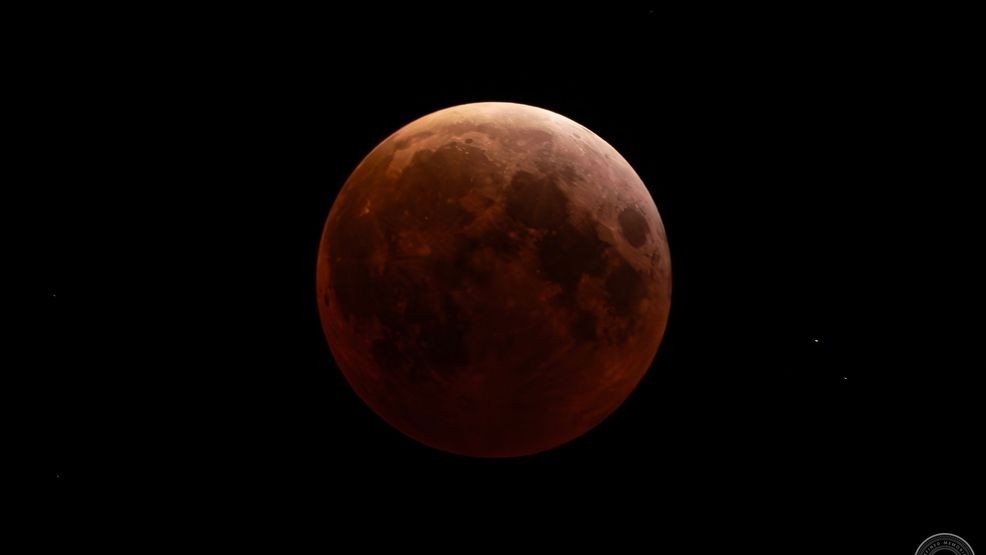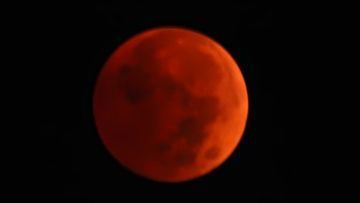GALLERY: Auroras dazzle Northern Hemisphere as rare solar storm sweeps Earth
WASHINGTON (TND) — People across the Northern Hemisphere were treated to a dazzling light show late Friday and early Saturday after a rare solar storm swept Earth.
NOAA'sSpace Weather Prediction Center said Saturday morning on X that extreme G5 conditions were observed and there have been reports of "power grid irregularities and degradation to high-frequency communications and GPS."The last geomagnetic storm to receive a G5, or “extreme,” rating was in 2003.
The storm is set to continue through at least Sunday.
"The threat of additional strong flares and CMEs will remain until the large and magnetically complex sunspot cluster (NOAA region 3664) rotates out of view over the next several days," the tweet read.
In the U.S., the storm pushed the lights much further south than normal. The Miami office of the National Weather Service confirmed sightings in the Fort Lauderdale and Fort Myers, Florida, areas.
Auroras may be viewable again Saturday night, NOAA said, as long as the weather permits.
The center issuedsevere geomagnetic storm watch for a solar event on Thursday. Officials said they expected an eruption of solar material, known as a coronal mass ejection, to result in the storm.
CMEs typically see “a billion tons or so of plasma from the sun” arrive on Earth, according to NOAA. This can result in a “major disturbance” of Earth's magnetic field and cause disruptions of navigation systems, power grids and radio communications.
NOAA alerted operators of power plants and spacecraft in orbit, as well as the Federal Emergency Management Agency, to take precautions.
The most intense solar storm in recorded history, in 1859, prompted auroras in central America and possibly even Hawaii. “We are not anticipating that” but it could come close, NOAA space weather forecaster Shawn Dahl said.
NOAA has an aurora dashboard that predicts in real-time what the visibility will be like in the coming days. Click here to see it.
The agency also offers tips for viewing the lights:
- Location: Go towards the magnetic poles. The north magnetic pole is currently about 400 km (250 miles) from the geographic pole and is located in the islands of north east Canada. Find a place where you can see to the north.
- It must be dark: Go out at night. Get away from city lights. The full moon will also diminish the apparent brightness of the aurora (not the actual brightness).
- Timing: Best aurora is usually within an hour or two of midnight, between 10 p.m. and 2 a.m. local time
_____
Editor's note: The Associated Press contributed to this report.







